Vietnam Air Force and Air Defence Museum
Description
The Vietnam Air Force Museum, which was founded on October 22, 1963, is a second-class museum in the Vietnamese museum system. The predecessor is the 1958-founded Traditional Chamber of Air Defense. In 2004, the museum invested in new construction, and on August 28, 2007, the Museum of Air Defense – Air Force opened for public service.
The museum’s overall exhibition space is 18,200 square meters (outdoor area: 15,000m2 and indoor 3,200m2). The Vietnam Air Force Museum is the second-ranked museum in Vietnam. Images, records, and artifacts proving the genesis, building, combat, maturation, and victory of the Vietnamese Air Force – Air Force army are stored here.
As a historical, cultural, and scientific work in the capital city of Hanoi, the Vietnam Air Force Museum not only contributes to the education of patriotic traditions and revolution for the Air Defense Army, but it is also a cultural site that attracts a large number of domestic and international visitors.
The museum recounts the history of the Vietnam People’s Air Force (VPAF) from 1954 to the present day. The significance of its participation in the Second Indochina War and the Cambodian-Vietnamese War is emphasized. The museum consists of a single main structure with exhibits on the history of the VPAF, biographies of VPAF aces, uniforms and flightsuits, aircraft weapons and engines, pieces from downed US aircraft, and the forward fuselage of a MiG-21. Outside is a static park with aircraft of the Vietnam People’s Air Force and the Republic of Vietnam Air Force.
The outdoor exhibition of the museum showcases 73 notable relics, including unique weapons of the Vietnamese air defense and air force, such as an anti-aircraft gun, radar, plane, and missile. Some of the exhibited weapons in the museum have a glorious war history, such as: the 37mm anti-aircraft To Vinh Dien’s gun battery used in the Dien Bien Phu campaign in 1954; the 90mm anti-aircraft manufactured in the United States and used in the first air combat victory on August 5, 1964; the producing electromagnetic waves air traffic control radar, used during the 12 days and nights of “Dien Bien Phu On Air Campaign” against US bombings in 1972 to detect signals of B-52
In addition, there are other artifacts on display, such as the fighters MiG-17, MiG-19, MiG-21, transport helicopter, helicopter submarine hunter, fighter aircraft of US army and Saigon Gorvernment’s military, including an A-37 Quyet Thang (Victory) squadron used to bomb the Tan Son Nhat Airport, contributing to the glorious victory of Ho Chi Minh’s campaign, as well as weapons and vehicles used by South Vietnam and the United States during
The indoor exposition or main building is constructed with a solemn dome that symbolizes the tranquil Vietnamese sky. The Vietnamese air defense and air force have fought, won, and grown continually over the past 50 years in order to effectively defend the nation’s airspace. There is a statue of Uncle Ho in the centre of the structure. This section also contains photographs depicting the illustrious achievements of the Vietnamese air defense and air force over the course of its more than fifty-year existence.
Next are the displays depicting typical historical events and significant landmarks of Vietnam Air Defense and Air Force. More than 3,000 objects are presented here in accordance with six themes that portray the authentic and heroic history, as well as the remarkable achievements of the Vietnamese air defense and air force throughout the last 50 years and currently.
Each relic shown in the structure is related with the remarkable achievements of the Vietnamese air defense and air force during the battles against the French and the United States Army. The myth of how the Vietnamese army defeated the considerably better-equipped armies of the countries with the most advanced technology and science at the time.
Gallery / Photos
Working Hours
- Monday 8:00 AM - 11:00 AM1:00 PM - 4:00 PM
- Tuesday 8:00 AM - 11:00 AM1:00 PM - 4:00 PM
- Wednesday 8:00 AM - 11:00 AM1:00 PM - 4:00 PM
- Thursday 8:00 AM - 11:00 AM1:00 PM - 4:00 PM
- Friday Day Off
- Saturday 8:00 AM - 11:00 AM1:00 PM - 4:00 PM
- Sunday 8:00 AM - 11:00 AM1:00 PM - 4:00 PM
Location / Contacts
Similar Listings
Nearby Hotels
Nearby Restaurants
-
Spices Taste of India
Distance: 2.75 km

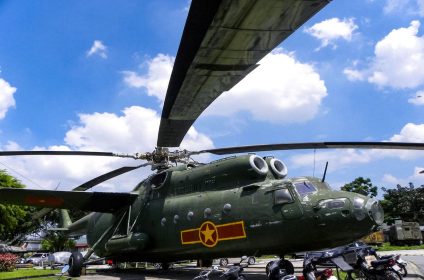
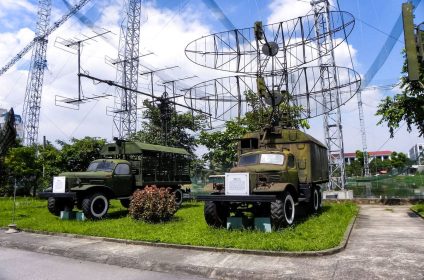
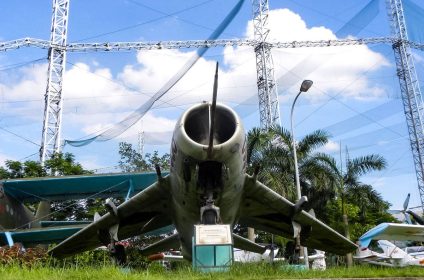
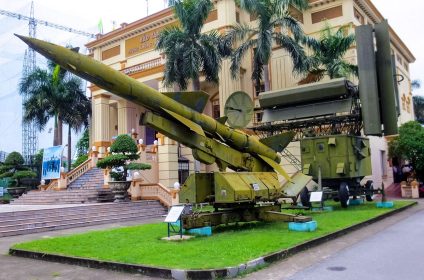
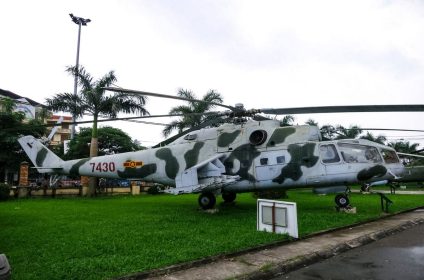
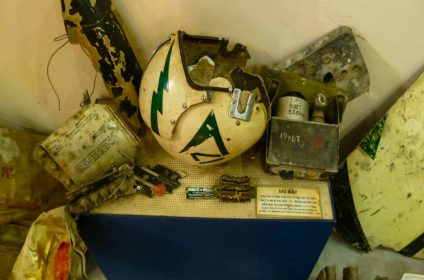
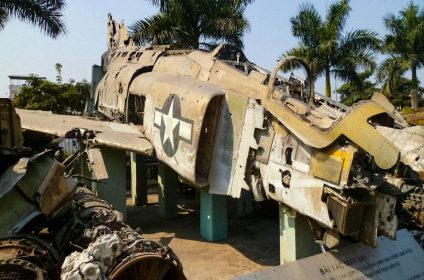
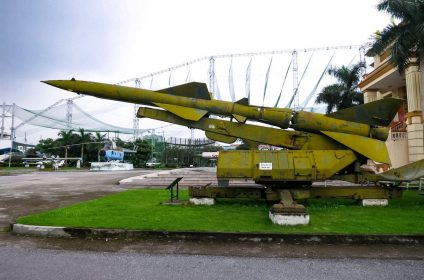
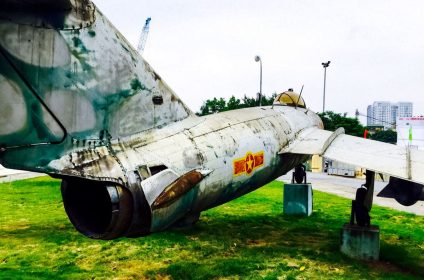
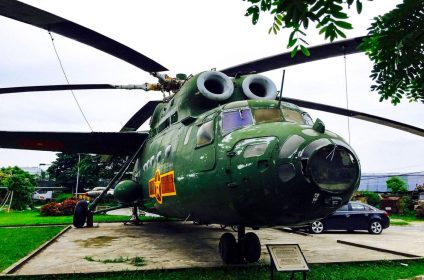
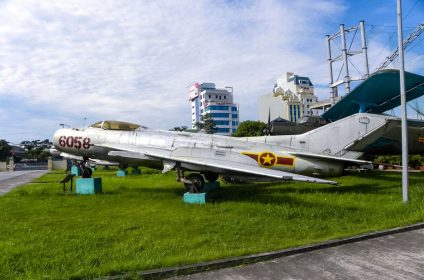
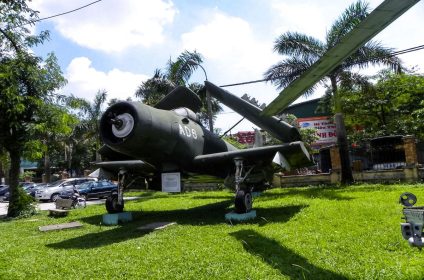
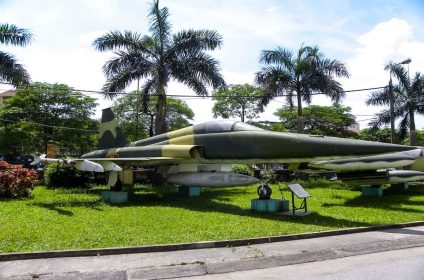
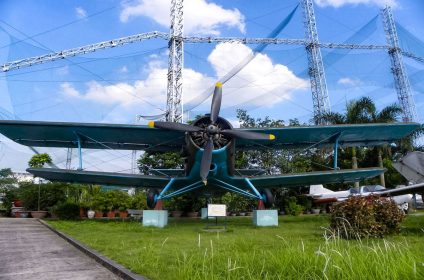

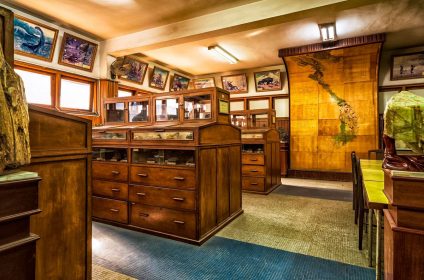

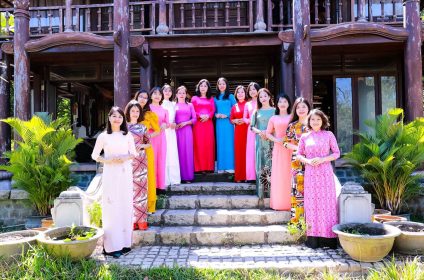
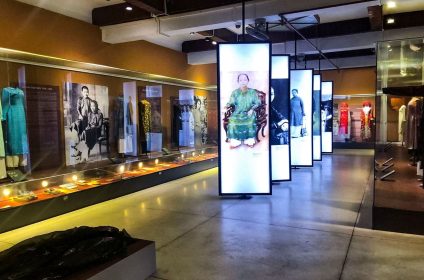










Add Review